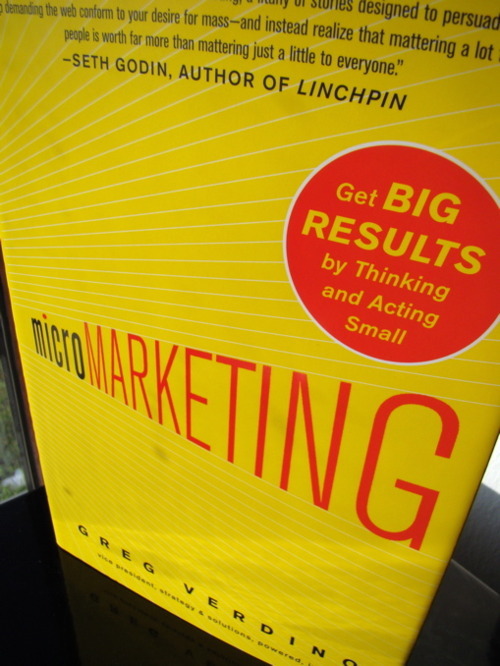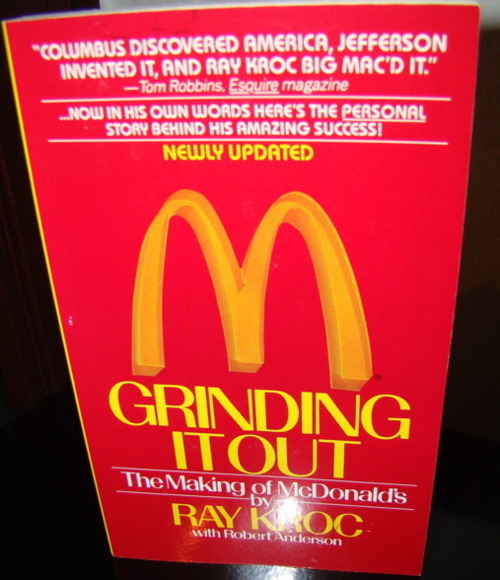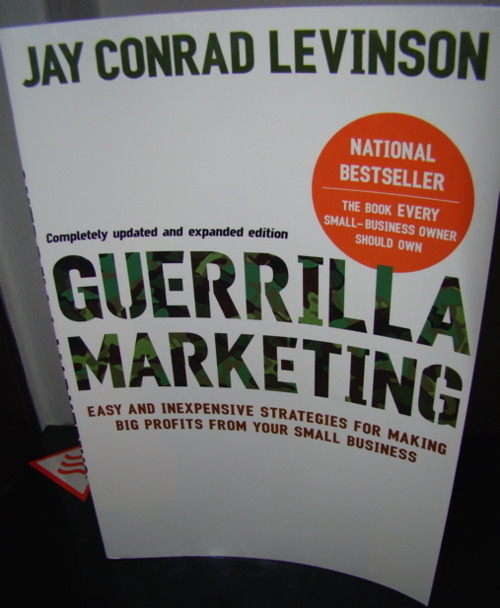
What is it about?
Greg Verding talks about micro branding, viral marketing and social media. He works with a lot of case studies and recommends to view them.
Key points?
look for a niche: It’s better to get 10% of 1000 than 1% of 5000. Try to define and reach a small demographic and widen it over time.
build a relationship: Try to interact with your customers and prospects. If they feel loved, they probably will love you.
try to get people talk about you: Basically the good ol’ Word of mouth marketing.
Conclusion
After reading two books (Inbound Marketing and The New Rules of Marketing & PR) on this topic, I’m not so impressed by this one. Maybe it’s just the problem that at the moment people try to explain events in the past without checking if they will work in the future. I.e., actions in business should bring repeatable success. However, this book is more realistic than the other two. It don’t present social media marketing as an holy grail. Greg Verding shows the strengths and weaknesses of social media marketing and emphasizes that there is luck involved.



